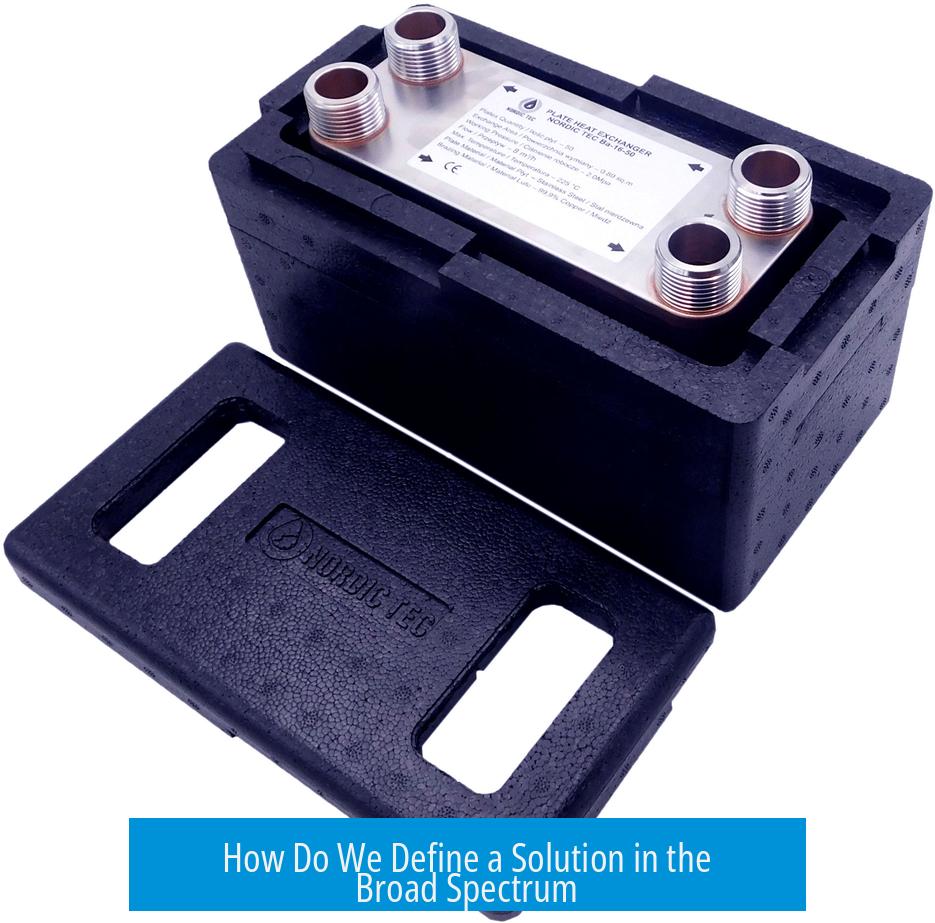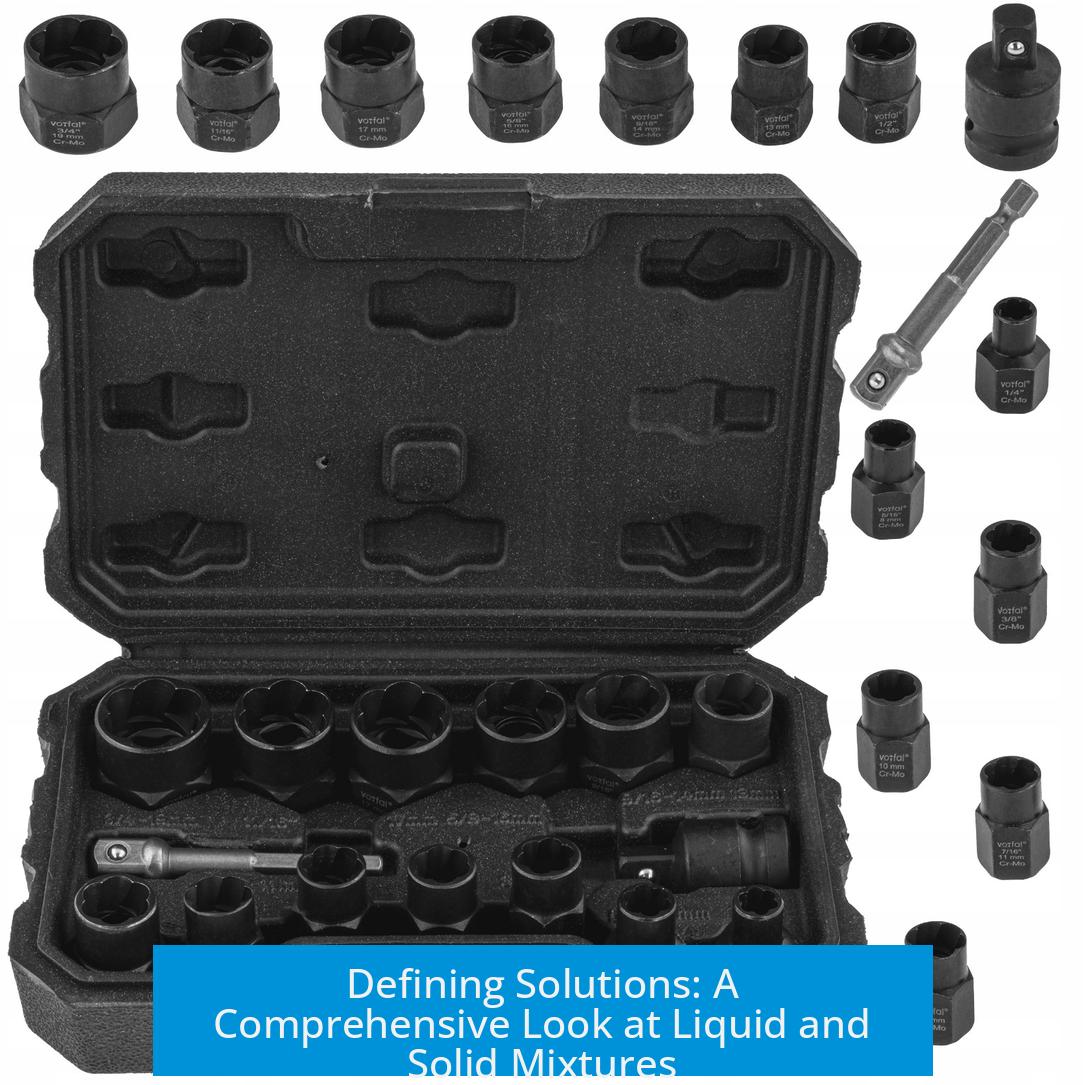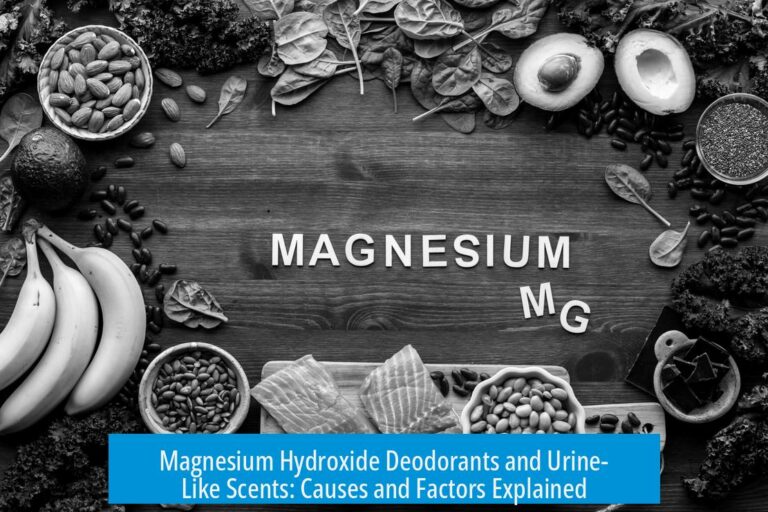How Do We Define a Solution in the Broad Spectrum?

A solution in the broad spectrum can be defined as a liquid or solid phase containing multiple substances, where one substance acts as the solvent and the others as solutes, without requiring homogeneity. This wide-ranging view extends beyond the classical liquid-only, homogeneous mixtures.
1. Traditional View: Homogeneous Liquid Mixtures
Traditionally, solutions are described as homogeneous mixtures of two or more chemical species within a single liquid phase. This concept focuses on uniform distribution of solutes in a liquid solvent, such as salt dissolved in water.
This classic approach emphasizes that solutions are:
- Mixtures of distinct substances
- Present in one uniform liquid phase
- Homogeneous, meaning consistent composition throughout
2. Inclusion of Solid Solutions
Practical chemistry and specialized subfields expand the term to include certain solids. For example, metal alloys, like brass, are considered solid solutions where atoms of different elements are dispersed uniformly in a solid matrix.
This extension recognizes:
- Solutions are not restricted to liquids
- Solid-state mixtures can also serve as solutions
- Homogeneity remains conceptually important but adapts to solid phases
3. IUPAC’s Comprehensive Definition
The International Union of Pure and Applied Chemistry (IUPAC) proposes the broadest definition. They describe solutions as liquid or solid phases containing more than one substance. Importantly, the definition:
- Does not require the phase to be homogeneous
- Focuses on the functional role: solvent and solutes
- Accommodates both liquids and solids as solution phases
Per IUPAC, the solvent is the substance treated differently from the solutes for convenience. This functional distinction broadens the meaning of solutions in various chemical contexts.
| Definition Scope | Key Features |
|---|---|
| Traditional | Homogeneous mixture in a single liquid phase |
| Broader Practical | Includes solid solutions, such as alloys |
| IUPAC | Liquid or solid phase with solvent and solutes, no homogeneity required |
Key Takeaways
- Classical solutions are homogeneous mixtures in liquid form.
- Solid solutions extend the concept to mixtures in solid phases.
- IUPAC defines solutions broadly based on composition and function.
- Homogeneity is no longer a strict requirement in modern definitions.
- The solvent-solute distinction is central to defining any solution.





Leave a Comment